Oman
Welcome to Oman
Oman, a jewel on the southeastern coast of the Arabian Peninsula, is a country where ancient traditions meet breathtaking natural beauty. Known for its tranquil landscapes, rich history, and warm hospitality, Oman offers travelers an authentic Arabian experience unlike any other in the Gulf region.
Oman is a land of contrasts and diversity. From the rugged peaks of the Hajar Mountains to the vast dunes of the Wahiba Sands desert and the pristine beaches along the Arabian Sea, the country’s geography is as varied as it is stunning. Its ancient forts and castles, such as Nizwa Fort and the UNESCO-listed Bahla Fort, tell stories of a proud heritage. The bustling souks, particularly Mutrah Souq in Muscat, offer a sensory feast with local handicrafts and the famed frankincense. Oman's people are known for their kindness, hospitality, and respect for law and tradition, making it a welcoming destination for visitors.
1.
Unspoiled Natural Beauty: Oman’s landscapes range from emerald beaches and dramatic mountains to vast deserts and lush oases. Adventure seekers can hike in the Hajar Mountains, explore hidden wadis, or enjoy dune bashing and camel trekking in the desert. The coastline offers excellent opportunities for scuba diving, fishing, and kitesurfing.
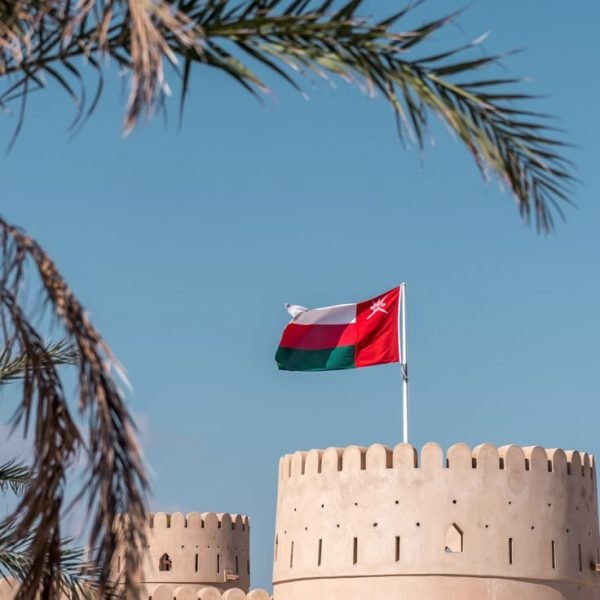
2.
Rich Cultural Heritage: Oman retains a strong sense of identity and tradition. Visitors can immerse themselves in the country’s history through its impressive forts and castles, vibrant markets, and traditional cuisine. The capital city, Muscat, beautifully blends modernity with heritage, featuring landmarks like the Sultan Qaboos Grand Mosque and the Royal Opera House.
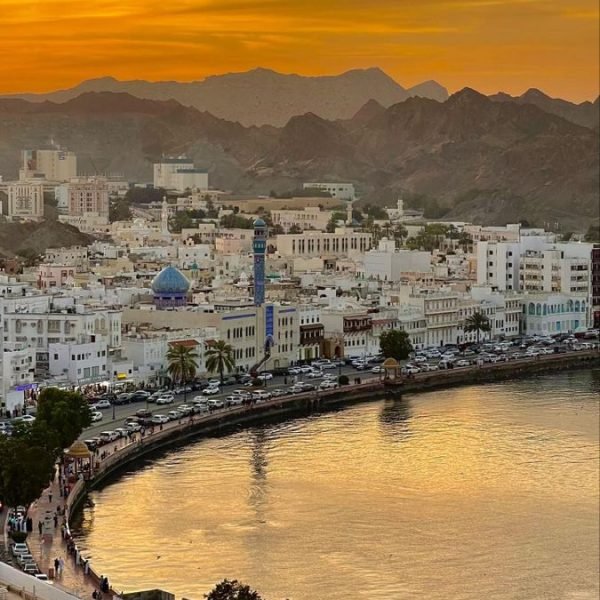
Planning Your Trip
Visa Information
Most travelers, including Europeans, Canadians, Americans, and Australians, require an eVisa before arriving in Oman. The tourist visa options include a 10-day visa costing approximately 5 Omani rials (around $12), a 30-day visa for 20 rials ($52), and a multiple-entry visa valid for one year at 50 rials ($130). Some nationalities are eligible for a visa on arrival, and residents of certain countries may enter Oman visa-free for stays under 14 days. Travelers coming directly from Dubai or Doha with a valid tourist visa from those countries may not need a separate Oman visa. It is advisable to check the latest visa requirements before travel and carry a photocopy or digital photo of your passport’s identification page for convenience.
Best Time to Visit
The ideal time to visit Oman is during the cooler months, from October to April, when temperatures are pleasant for outdoor activities and sightseeing. The summer months (May to September) can be extremely hot, especially in the desert and inland areas, which may limit some travel plans. Coastal areas tend to be more humid but remain attractive for beach activities year-round.
Getting To and Around
Getting to Oman
Muscat International Airport (MCT) is the primary gateway to Oman, well-connected with direct flights from many international cities. The airport serves as a convenient entry point for travelers arriving by air.
Getting Around Oman
Travel within Oman is facilitated by a variety of transport options:
- Rental Cars: Hiring a car is highly recommended for exploring Oman independently. The roads are well-maintained, and driving gives you the freedom to visit remote areas and scenic spots at your own pace.
- Taxis: Taxis are available in cities but may be less practical for long-distance travel.
- Buses: Public buses operate mainly between major cities and towns.
- Domestic Flights: For longer distances, domestic flights can be used to save time.
Oman’s infrastructure supports comfortable travel, and English is widely spoken, making navigation easier for international visitors.
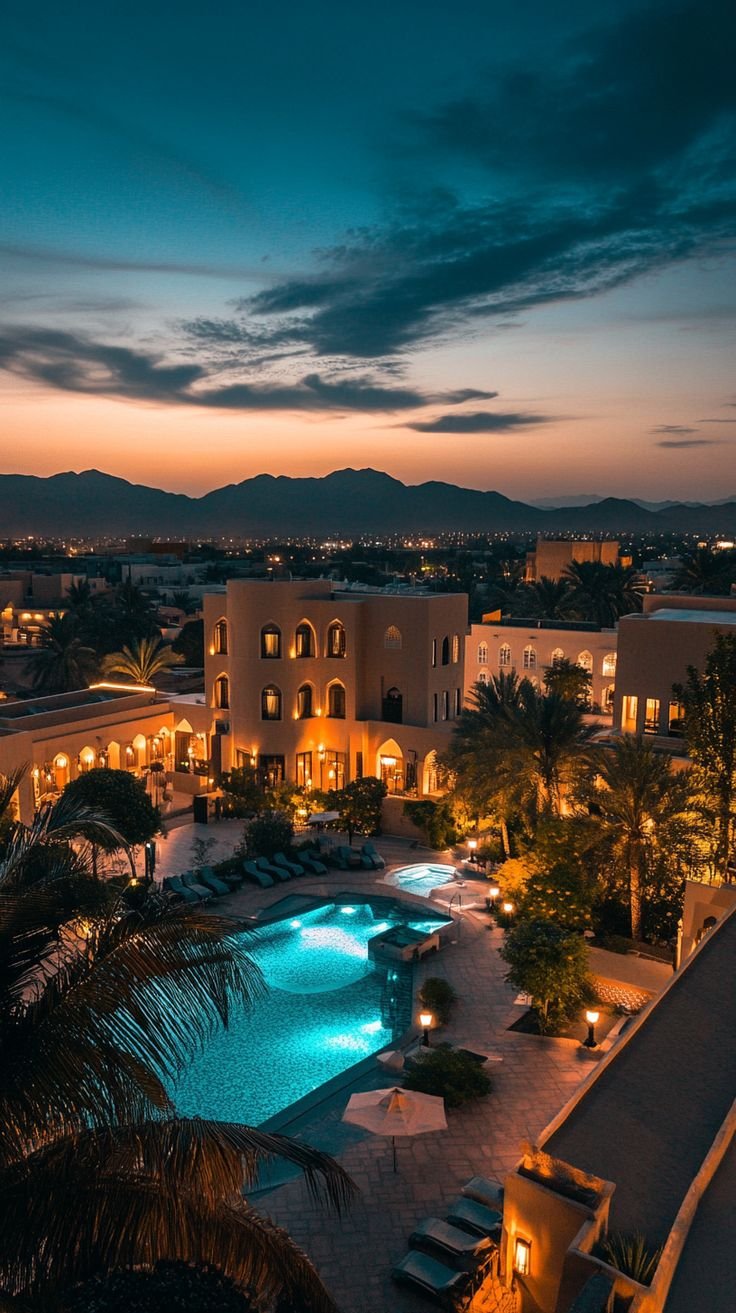
Accommodation
Oman offers a diverse range of accommodation options that cater to all budgets and preferences, from luxury resorts and boutique hotels to desert camps and charming guesthouses. The country’s hospitality is renowned, and no matter where you stay, you can expect warm service and a comfortable experience.
Accommodation Options
Luxury Hotels and Resorts
For travelers seeking opulence, Oman’s luxury hotels blend traditional Arabian architecture with modern amenities. In Muscat, high-end properties like the Shangri-La Barr Al Jissah and Al Bustan Palace offer lavish rooms with sea or mountain views, multiple fine dining options, extensive spa facilities, private beaches, and pools. These resorts often provide exclusive experiences such as dolphin watching, private desert excursions, and frankincense spa rituals, ensuring a memorable stay. Similarly, the Kempinski Hotel Muscat and W Muscat offer stylish accommodations with contemporary comforts and excellent locations near the city’s key attractions.
Mid-Range Hotels
Mid-range hotels in Oman provide excellent value with spacious rooms, modern amenities, and often include swimming pools and on-site restaurants serving both local and international cuisine. These hotels are ideal for families and business travelers alike, with many offering airport transfers and organized tours. Cities like Muscat, Salalah, and Nizwa have a good selection of these properties, where guests can enjoy a blend of convenience and comfort. Prices for mid-range hotels typically range from around 30 to 60 Omani rials ($80-$160) per night, depending on location and season.
Budget Accommodation and Guesthouses
For budget-conscious travelers, Oman has numerous guesthouses and budget hotels that provide clean, simple rooms with private bathrooms. These are often family-run establishments that offer a more authentic local experience and personalized service. Popular guesthouses like Behlys Boutique in Muscat and Misfah Old House in the mountains include amenities such as free Wi-Fi, breakfast, and parking. Prices for budget accommodation can be as low as 20-30 OMR ($50-$80) per night, especially outside the peak tourist season.
Desert Camps and Glamping
Oman’s deserts offer a unique accommodation experience with desert camps in the Wahiba Sands and other remote areas. These range from basic Bedouin-style tents to luxury glamping setups with en-suite bathrooms, air conditioning, and comfortable beds. Desert camps often include traditional Omani dinners under the stars, camel rides, dune bashing, and cultural performances, providing an immersive experience of Bedouin life. Glamping options in places like Jebel Shams combine the adventure of the outdoors with upscale comforts such as chef-prepared meals, Wi-Fi, and guided nature walks.
Beach Resorts
With over 1,700 kilometers of coastline, Oman boasts numerous beach resorts that capitalize on its pristine shores and rich marine life. These resorts, found near Muscat, Salalah, and the Musandam Peninsula, offer private beaches, water sports facilities, and multiple swimming pools. Many organize snorkeling and diving trips to coral reefs, making them perfect for families and water enthusiasts. Some resorts cater exclusively to adults for a more tranquil experience, while others provide kids’ clubs and family-friendly amenities.
Booking Tips
Accommodation prices in Oman tend to rise during the high season from October to April, with Muscat generally being the most expensive city. Remote mountain and desert lodgings often require minimum stays and can be pricier due to included activities and meals. Booking in advance is highly recommended, especially for popular hotels and unique stays like desert camps or glamping sites.
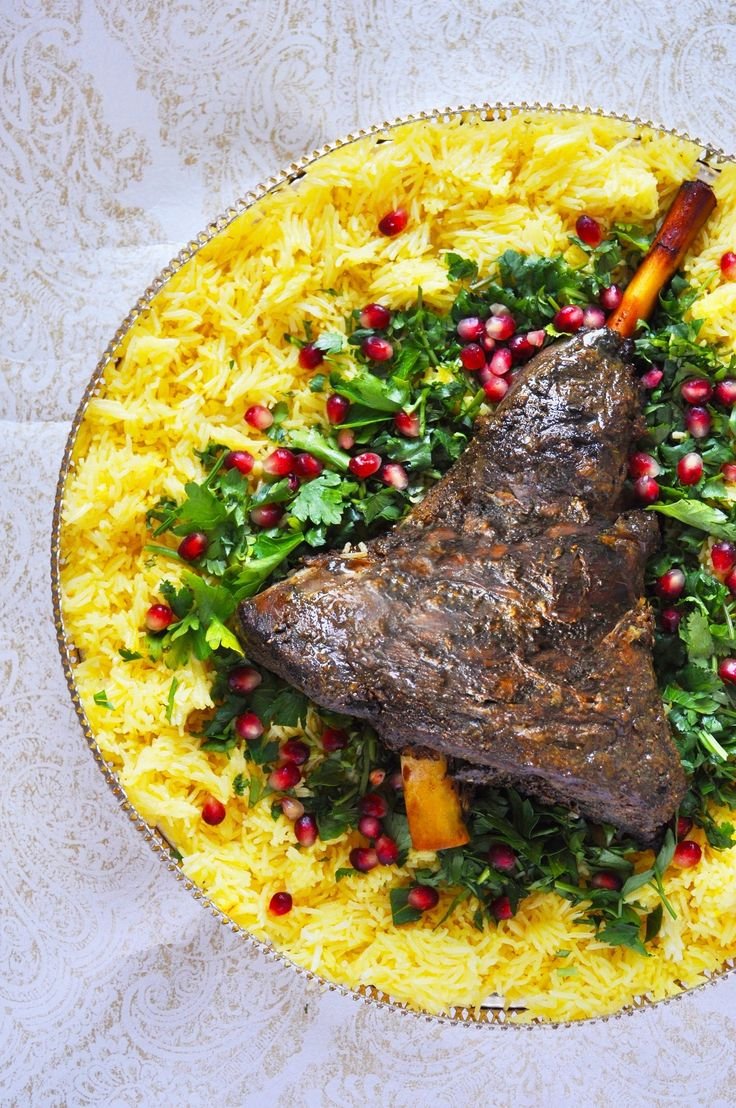
Food and Drink
Omani cuisine is a flavorful reflection of the country’s rich cultural heritage and geographic diversity. It combines influences from Arabian, Persian, Indian, and East African culinary traditions, resulting in dishes that are aromatic, hearty, and satisfying.
Traditional Omani Dishes
- Shuwa: A celebratory dish often served during festivals and special occasions, shuwa consists of marinated lamb or goat slow-cooked in an underground sand oven for up to two days. The meat becomes incredibly tender and infused with spices such as cumin, coriander, and cardamom.
- Majboos (Makbous): A popular everyday meal, majboos is a fragrant rice dish cooked with saffron, dried lemon, and meat (chicken, lamb, or fish). It is usually served with a side of salad or yogurt.
- Mashuai: Grilled kingfish served with lemon rice, this dish highlights Oman’s coastal bounty and is a favorite among seafood lovers.
- Harees: A comforting porridge made from ground wheat and meat, slow-cooked until creamy. It is especially popular during Ramadan.
- Omani Halwa: A sweet gelatinous dessert made from sugar, honey, rose water, saffron, and nuts. It is often served with coffee or tea and is a symbol of Omani hospitality.
Street Food and Snacks
Omani street food offers delicious quick bites such as samosas filled with spiced meat or vegetables, kebabs, and fresh dates. Mutrah Souq in Muscat is an excellent place to sample these treats alongside traditional coffee (kahwa) served with cardamom and dates.
Beverages
- Kahwa (Omani Coffee): A lightly spiced coffee brewed with cardamom and sometimes saffron, served in small cups. It is a symbol of hospitality and often accompanied by dates.
- Laban: A refreshing yogurt-based drink that helps cool down in the hot climate.
- Mint Tea: Popular in Oman, this sweet and fragrant tea is served throughout the day.
Dining Experiences
Oman offers a range of dining experiences from traditional family-run restaurants serving authentic Omani dishes to upscale international restaurants in Muscat and other cities. Many hotels and resorts feature restaurants with diverse menus, including Middle Eastern, Indian, Asian, and Western cuisines. Seafood is a highlight, given Oman’s extensive coastline, with fresh fish, prawns, and lobster widely available.
Food Etiquette
When dining in Oman, it is customary to eat with the right hand, and sharing food is a sign of generosity and friendship. Visitors should dress modestly when dining in public and be respectful of local customs, especially during the holy month of Ramadan when eating and drinking in public during daylight hours is discouraged.
In summary, Oman’s accommodation options cater to every taste and budget, offering everything from luxurious resorts and boutique hotels to authentic desert camps and cozy guesthouses. The country’s culinary scene is equally rich, inviting visitors to savor traditional dishes and warm hospitality. Whether you are exploring the mountains, deserts, or coastline, Oman promises a comfortable and flavorful stay that complements its stunning landscapes and cultural treasures.
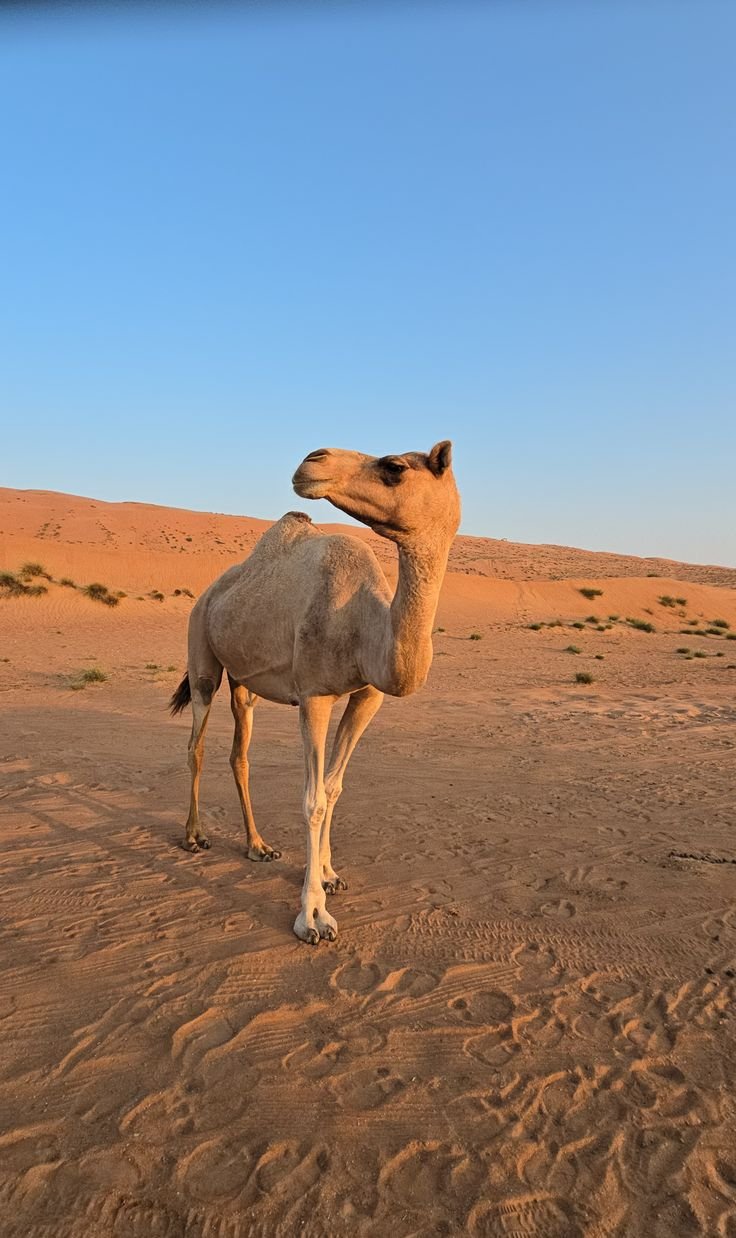
Must-See Attractions
Oman is a land of stunning natural beauty and rich cultural heritage, offering a diverse array of must-see attractions that captivate every type of traveler. From majestic mountains and vast deserts to historic forts and vibrant souks, Oman’s top sights provide unforgettable experiences.
Sultan Qaboos Grand Mosque, Muscat
A true architectural marvel, the Sultan Qaboos Grand Mosque is one of the largest mosques in the world and a symbol of modern Oman. Its exquisite design features intricate Islamic art, a massive hand-woven Persian carpet, and one of the largest chandeliers globally. Visitors are welcome to explore the mosque outside prayer times, making it a perfect introduction to Omani culture and religious heritage.
Wadi Shab
Wadi Shab is a spectacular natural oasis located about 90 minutes from Muscat. This stunning wadi features turquoise pools, dramatic cliffs, and hidden caves with waterfalls. The adventure begins with a short boat ride followed by a scenic hike through the canyon. Swimming in the cool, clear water beneath the waterfalls is a highlight for visitors seeking nature and tranquility.
Jebel Akhdar (The Green Mountain)
Part of the Al Hajar mountain range, Jebel Akhdar offers a cool climate, terraced farms, and breathtaking landscapes. It is famous for hiking trails that wind through rose gardens and traditional villages such as Bilad Sayt. The area is also known for producing fragrant rose water and pomegranates. Luxury resorts here blend seamlessly with the natural surroundings, providing a perfect base for exploration.
Wahiba Sands (The Golden Desert)
Wahiba Sands is a vast desert of towering dunes, home to Bedouin tribes and abundant wildlife. It’s a must-visit for those wanting to experience the desert’s magic firsthand. Activities like dune bashing in 4×4 vehicles, camel trekking, and overnight stays in traditional Bedouin camps under starry skies offer an authentic Arabian adventure.
Nizwa Fort and Souq
Nizwa is a historic city known for its impressive fort and bustling souq. The fort’s massive circular tower offers panoramic views of the city and surrounding date palm groves. The souq is a treasure trove of silver jewelry, spices, and handicrafts, providing a glimpse into Oman’s rich trading history. Nearby, the UNESCO-listed Bahla Fort is also worth a visit for history enthusiasts.
Musandam Peninsula and Khasab
Known as the “Norway of Arabia,” the Musandam Peninsula features dramatic fjord-like inlets and rugged mountains. The town of Khasab serves as the gateway to dhow cruises through the fjords, where you can spot dolphins and enjoy stunning coastal scenery. This region is perfect for snorkeling, diving, and exploring remote fishing villages.
Daymaniyat Islands Nature Reserve
Located off the coast of Muscat, the Daymaniyat Islands are a marine protected area with crystal-clear waters, coral reefs, and abundant marine life. Ideal for snorkeling and diving, these islands offer some of Oman’s best underwater experiences. The reserve is also a nesting site for endangered sea turtles.
Bimmah Sinkhole
A natural wonder close to Muscat, the Bimmah Sinkhole is a large limestone crater filled with emerald-green water. Legend has it that a meteorite created this sinkhole. It’s a popular spot for swimming and snorkeling, offering a refreshing break from the desert heat.
Salalah and the Khareef Season
Salalah in southern Oman is a tropical paradise, especially during the Khareef (monsoon) season from June to September, when the landscape turns lush and green. Visitors can explore waterfalls, frankincense trails, and pristine beaches such as Mughsail Beach with its famous blowholes. Salalah’s unique climate and scenery contrast sharply with the rest of Oman’s arid environment.
Sur and Ras Al Jinz Turtle Reserve
Sur is a coastal city famous for its traditional dhow shipyards where wooden boats are still crafted by hand. Nearby, Ras Al Jinz Turtle Reserve offers a rare chance to witness endangered green turtles nesting on the beach at night, an unforgettable wildlife experience.
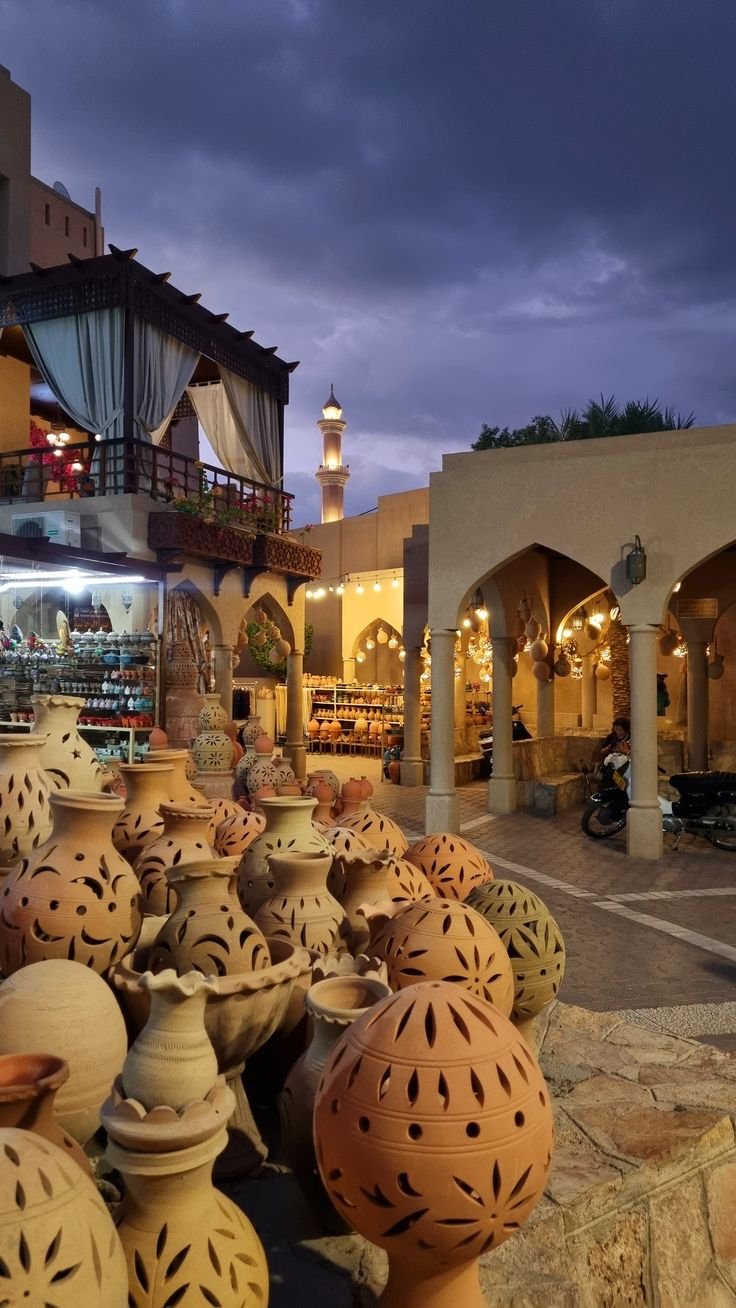
Must-Do Activities
Oman’s diverse landscapes and rich culture create a playground for adventure, relaxation, and cultural immersion. Here are some of the top activities to include in your 2025 Oman itinerary.
Explore Muscat’s Cultural Gems
Start your trip by exploring Muscat’s highlights: visit the Sultan Qaboos Grand Mosque, stroll through the Mutrah Souq to shop for frankincense, silver, and spices, and admire the Al Alam Palace and the Royal Opera House. The Corniche offers beautiful seaside walks with views of historic forts and fishing boats.
Hiking and Trekking in the Hajar Mountains
The Hajar Mountains provide some of Oman’s best trekking opportunities. Popular routes include the Balcony Walk in Jebel Shams, offering breathtaking views of Oman’s “Grand Canyon,” and trails in Jebel Akhdar that pass through traditional villages and terraced farms. These hikes range from moderate to challenging, rewarding trekkers with stunning panoramas and fresh mountain air.
Desert Safari in Wahiba Sands
Experience the thrill of dune bashing in a 4×4 vehicle across the golden dunes of Wahiba Sands. Follow this with camel rides and an overnight stay in a Bedouin-style desert camp, where you can enjoy traditional Omani cuisine, music, and stargazing far from city lights.
Snorkeling and Diving in Daymaniyat Islands
Dive into Oman’s vibrant underwater world at the Daymaniyat Islands. The clear waters teem with colorful coral reefs, tropical fish, and sometimes turtles and dolphins. Snorkeling trips are organized from Muscat and provide an excellent way to explore marine biodiversity in a protected environment.
Swimming in Wadi Shab and Wadi Bani Khalid
Wadis are natural river valleys with pools and waterfalls. Wadi Shab is the most famous, offering a scenic hike and swimming in turquoise pools. Wadi Bani Khalid, another popular wadi, features clear water and shaded spots perfect for picnics and relaxation. Both are ideal for cooling off and enjoying Oman’s rugged beauty.
Visit Historic Forts and Souqs
Oman’s forts are architectural masterpieces and windows into its history. Besides Nizwa Fort, explore Bahla Fort, Jabrin Castle, and Nakhal Fort. Pair these visits with trips to traditional souqs where you can buy local crafts and spices and interact with friendly vendors.
Dolphin Watching and Coastal Cruises
Take a boat trip from Muscat or Khasab to spot playful dolphins and enjoy the scenic coastline. Cruises often include snorkeling stops and visits to remote beaches. The Musandam fjords are particularly popular for their dramatic cliffs and marine life.
Experience Omani Cuisine and Hospitality
Join a cooking class or dine in local restaurants to savor Omani dishes like shuwa (slow-cooked lamb), majboos (spiced rice with meat), and fresh seafood. Don’t miss trying Omani coffee (kahwa) served with dates, a traditional symbol of hospitality.
Relax at Qurum Beach and Mughsail Beach
Qurum Beach in Muscat is perfect for leisurely strolls, swimming, and sunset watching. Mughsail Beach near Salalah is famous for its natural blowholes and dramatic cliffs, offering a peaceful retreat by the sea.
Explore the Frankincense Trail in Dhofar
In southern Oman, the ancient frankincense trade route offers archaeological sites, ancient ruins, and frankincense farms. Visiting this trail provides insight into Oman’s historical significance in global trade and the unique landscape of Dhofar.
Conclusion
Oman in 2025 invites travelers to discover a land of timeless beauty and adventure. From the architectural grandeur of Muscat’s mosque to the wild dunes of Wahiba Sands, from historic forts to underwater wonders, the country offers a wealth of must-see attractions and must-do activities. Whether you seek cultural immersion, outdoor thrills, or serene nature escapes, Oman promises a rich and rewarding travel experience that lingers long after you leave.
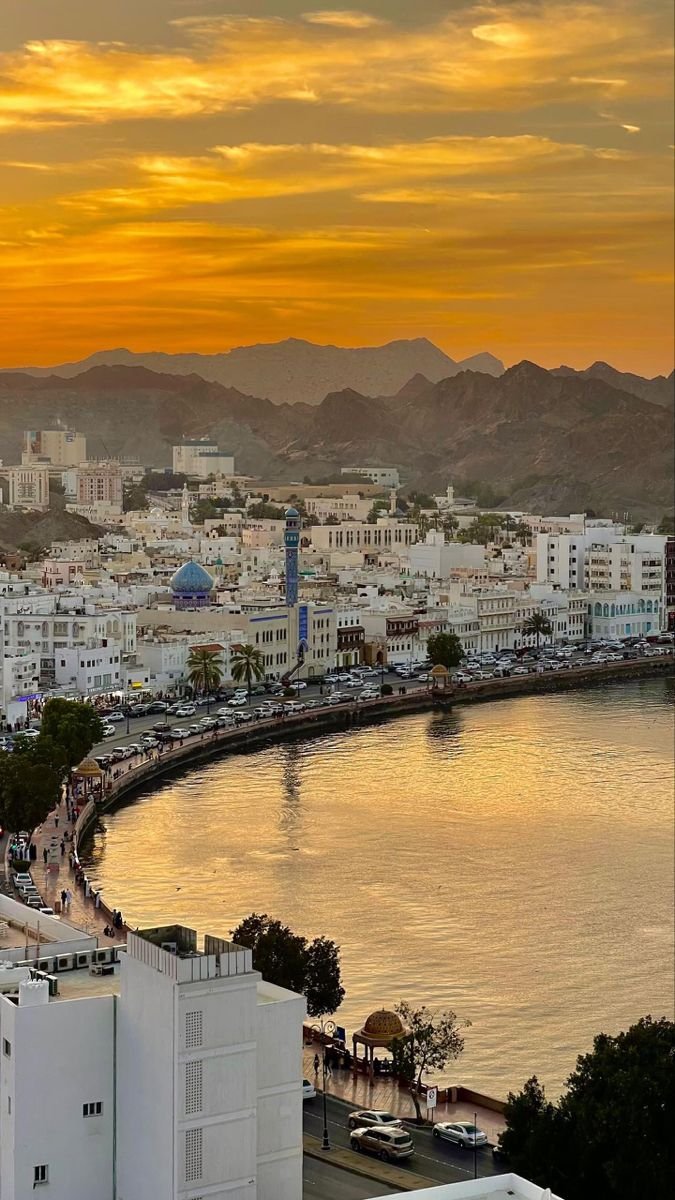
Travel Tips
Oman is a captivating destination that combines stunning landscapes, rich culture, and warm hospitality. To make your 2025 trip smooth, enjoyable, and safe, it’s essential to be well-prepared and aware of local customs, safety considerations, and basic language tips. This guide provides practical advice to help you navigate Oman confidently and respectfully.
Safety Advice
General Safety
Oman is widely regarded as one of the safest countries in the Middle East, with low crime rates and a stable political environment. Violent crime against tourists is rare, and the country enjoys a reputation for hospitality and security. However, exercising common-sense precautions is still important.
- Avoid traveling alone after dark. Stick to well-lit, populated areas and avoid isolated places at night.
- Lock your vehicle doors and keep windows closed while driving or parked.
- Inspect your car regularly for any suspicious devices or packages, especially if you leave it unattended.
- Be cautious with mail or packages from unknown sources. Report anything suspicious to local authorities.
- Keep valuables secure in hotel safes or on your person, and avoid displaying signs of wealth such as expensive jewelry or large amounts of cash.
Emergency Contacts
- Police, fire, and medical emergencies: 9999
Always have this number saved on your phone or written down.
Road Safety
Driving in Oman can be challenging, especially outside Muscat. Roads are generally in good condition, but traffic accidents are common due to varying driving standards and roaming animals like camels and goats on rural roads.
- Always wear seatbelts; children under three must use appropriate car seats.
- Mobile phone use while driving is illegal and strictly enforced.
- Observe speed limits carefully; Oman uses widespread speed cameras and fines can be heavy.
- Avoid driving at night on remote or desert roads due to poor lighting and animal crossings.
- For desert or mountain travel, use a well-equipped 4×4 vehicle, travel in groups if possible, carry ample water, and inform someone of your itinerary.
- Be aware of sudden floods in dry riverbeds during rain.
Regional Cautions
- Avoid the Oman-Yemen border area due to ongoing conflict and security risks.
- Exercise increased caution in some remote or less-traveled areas.
- Avoid large public gatherings and protests, especially around Friday prayers, as demonstrations can occur and may turn unpredictable.
Health Precautions
While Oman does not require mandatory vaccinations, it is recommended to be up to date on routine vaccines and consider Hepatitis A and Typhoid, especially for extended stays. Carry a medical kit with personal medications, sunscreen, and plenty of water to stay hydrated in the hot climate.
Local Customs
Dress Code
Oman is a conservative Muslim country, and respecting local customs is essential.
- Dress modestly in public: men and women should cover shoulders and knees.
- Women should carry a scarf to cover their hair when visiting mosques or religious sites.
- When visiting the Sultan Qaboos Grand Mosque in Muscat (open to non-Muslims during certain hours), both men and women must be fully covered — arms, legs, and for women, hair.
Greetings and Etiquette
- Omanis are warm and hospitable. A polite greeting is “Salam Alaikum” (peace be upon you), to which the reply is “Wa Alaikum Salam.”
- Handshakes are common, but wait for a woman to extend her hand first.
- It is customary to use the right hand for eating and greeting.
- When invited to an Omani home, it is polite to bring a small gift and remove your shoes before entering.
- Public displays of affection are frowned upon.
- During Ramadan, avoid eating, drinking, or smoking in public during daylight hours as a sign of respect.
Photography
- Always ask permission before photographing people, especially women.
- Avoid taking pictures of government buildings, military sites, and airports.
Social Behavior
- Alcohol is available only in licensed hotels and clubs; public intoxication is illegal.
- Drug laws are strict, with severe penalties for possession or trafficking.
- Extramarital sex and homosexuality are illegal and can result in prosecution.
Language Basics
Arabic is the official language of Oman, but English is widely spoken, especially in cities, tourist areas, and among younger Omanis.
Useful Arabic Phrases
- Hello: Salam / Marhaba
- Thank you: Shukran
- Yes: Na’am
- No: La
- Please: Min fadlak (to a man) / Min fadlik (to a woman)
- Excuse me / Sorry: Afwan
- How much?: Kam thaman?
- Where is…?: Ayna…?
- Goodbye: Ma’a salama
Learning a few basic phrases is appreciated and helps build rapport with locals.
Communication Tips
- English is commonly used in hotels, restaurants, and shops.
- In rural areas, English may be less common, so patience and gestures can help.
- Mobile SIM cards with data are easy to obtain on arrival and useful for maps and translation apps.
Final Thoughts
Additional Practical Tips
- Currency: The Omani Rial (OMR) is the official currency. Cash is preferred in many places, though credit cards are widely accepted in cities.
- Tipping: Tipping is customary but not obligatory. Around 10% in restaurants and small tips for guides or drivers are appreciated.
- Internet and Connectivity: Free Wi-Fi is available in many hotels and cafes. Buying a local SIM card on arrival is straightforward and affordable.
- Respect Friday: Friday is the holy day in Oman. Many businesses close for prayers around midday, so plan accordingly.
- Stay Hydrated: Oman’s climate can be very hot and dry, especially from May to September. Drink plenty of bottled water and avoid excessive sun exposure during peak hours.
Summary
Traveling to Oman in 2025 offers a rich blend of natural beauty, cultural heritage, and warm hospitality. By following essential safety guidelines, respecting local customs, and embracing the language basics, you can enjoy a rewarding and respectful experience. Stay alert, dress modestly, and engage with the welcoming Omani people to make your journey both safe and memorable. With thoughtful preparation, Oman will reveal its many treasures, from ancient forts and vibrant souks to breathtaking deserts and mountains, offering an unforgettable Arabian adventure.

